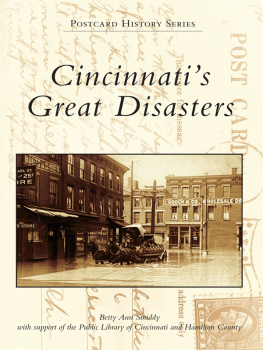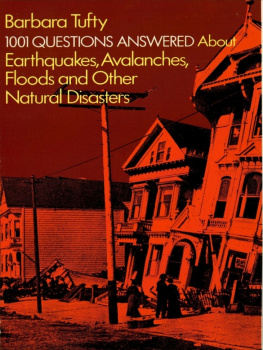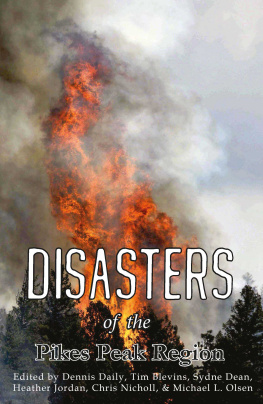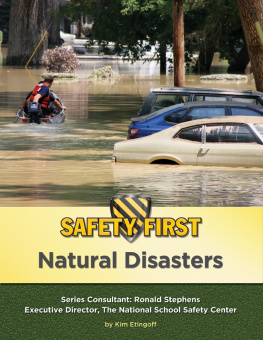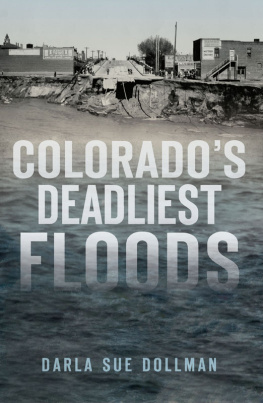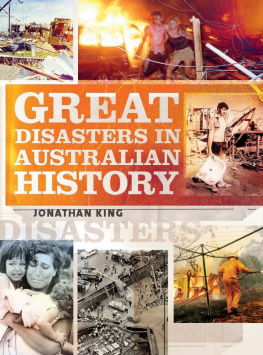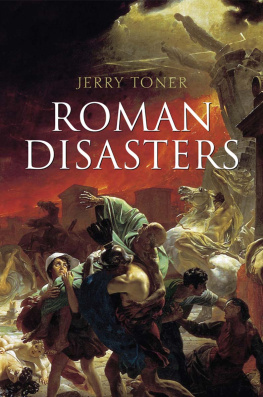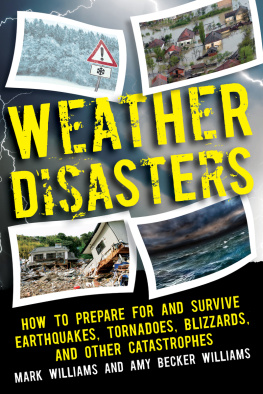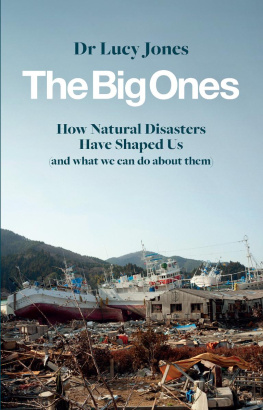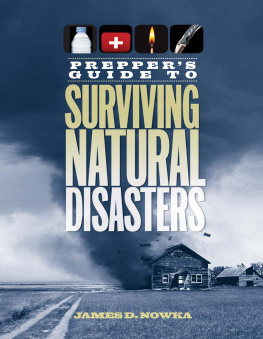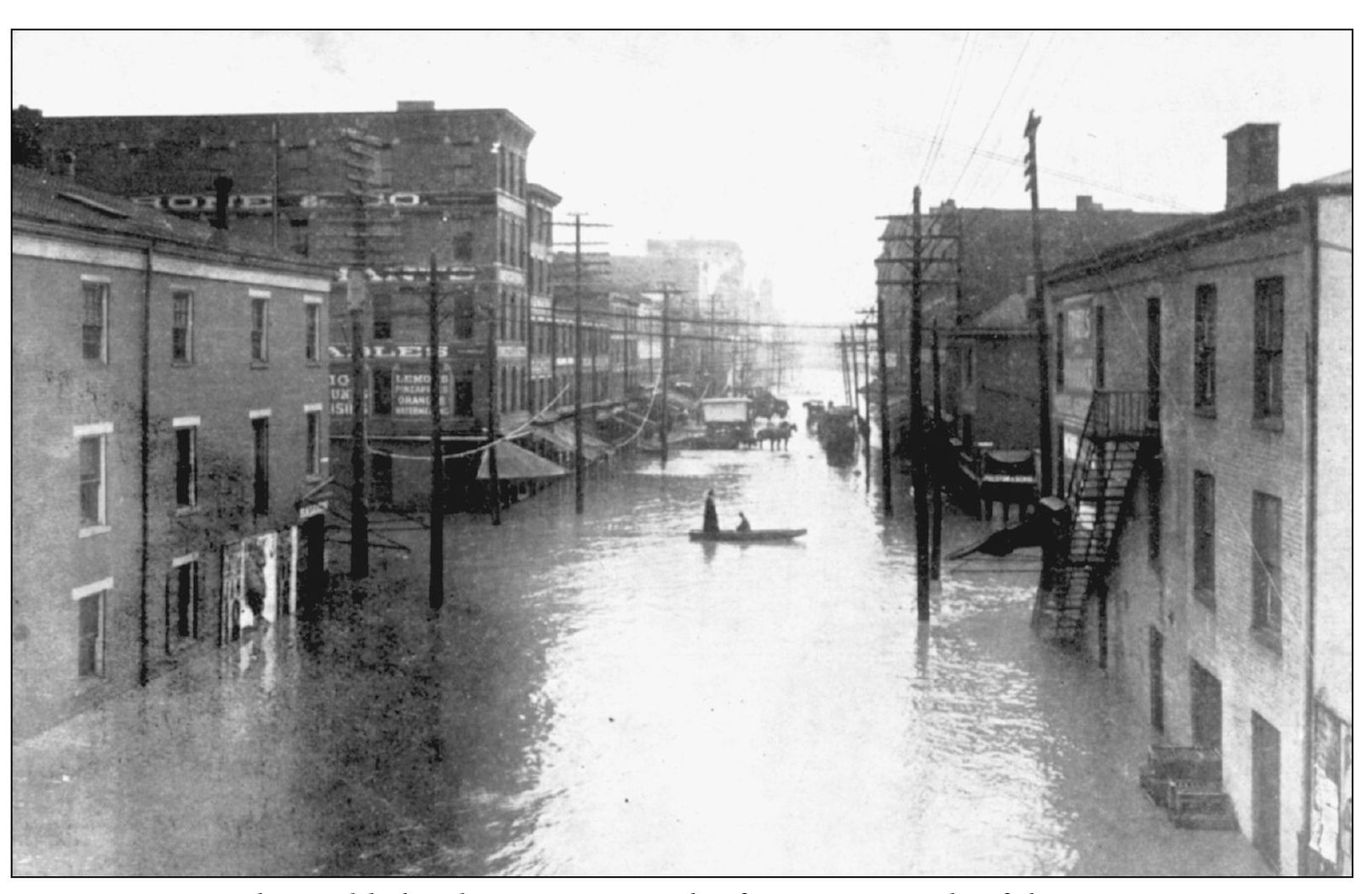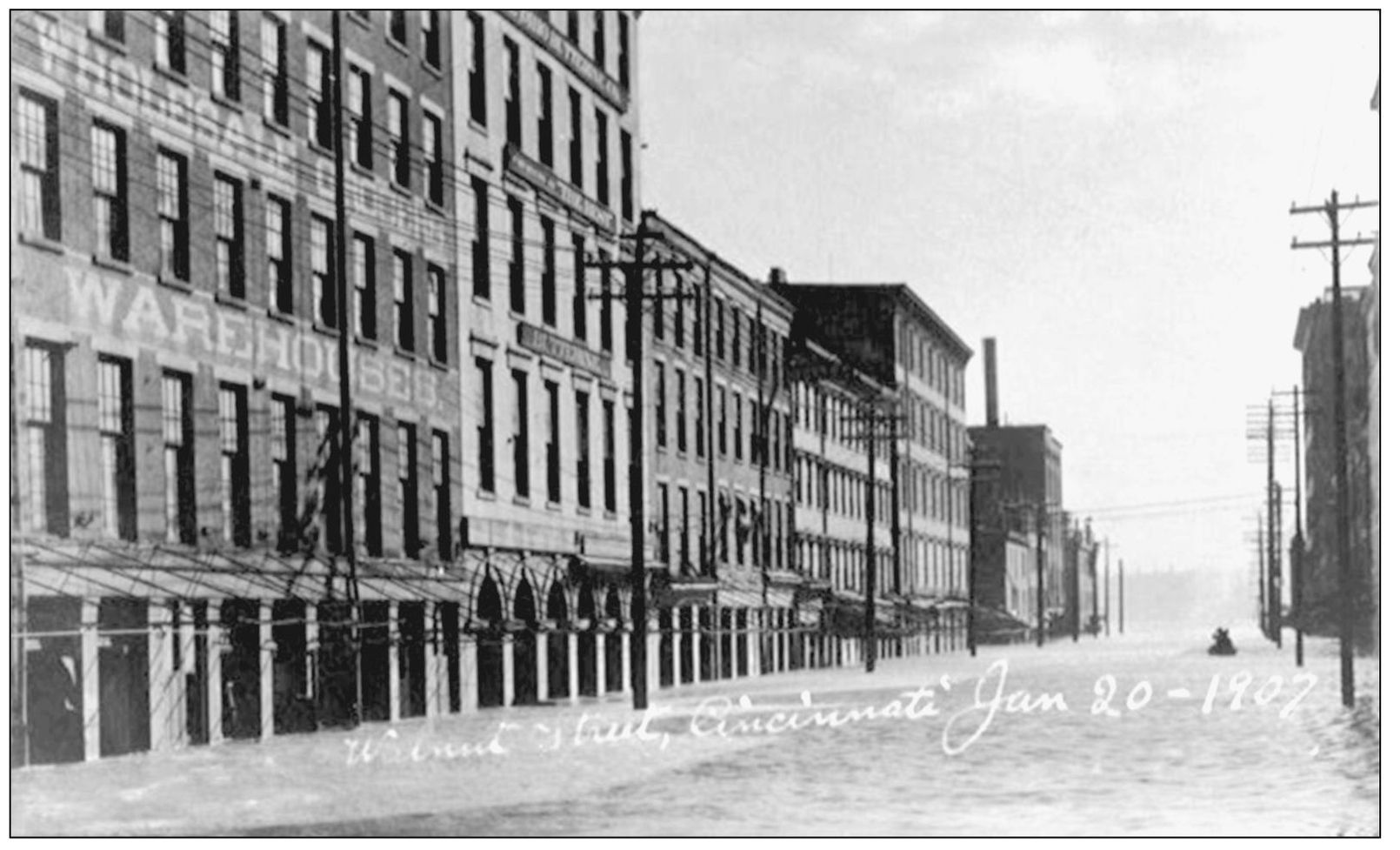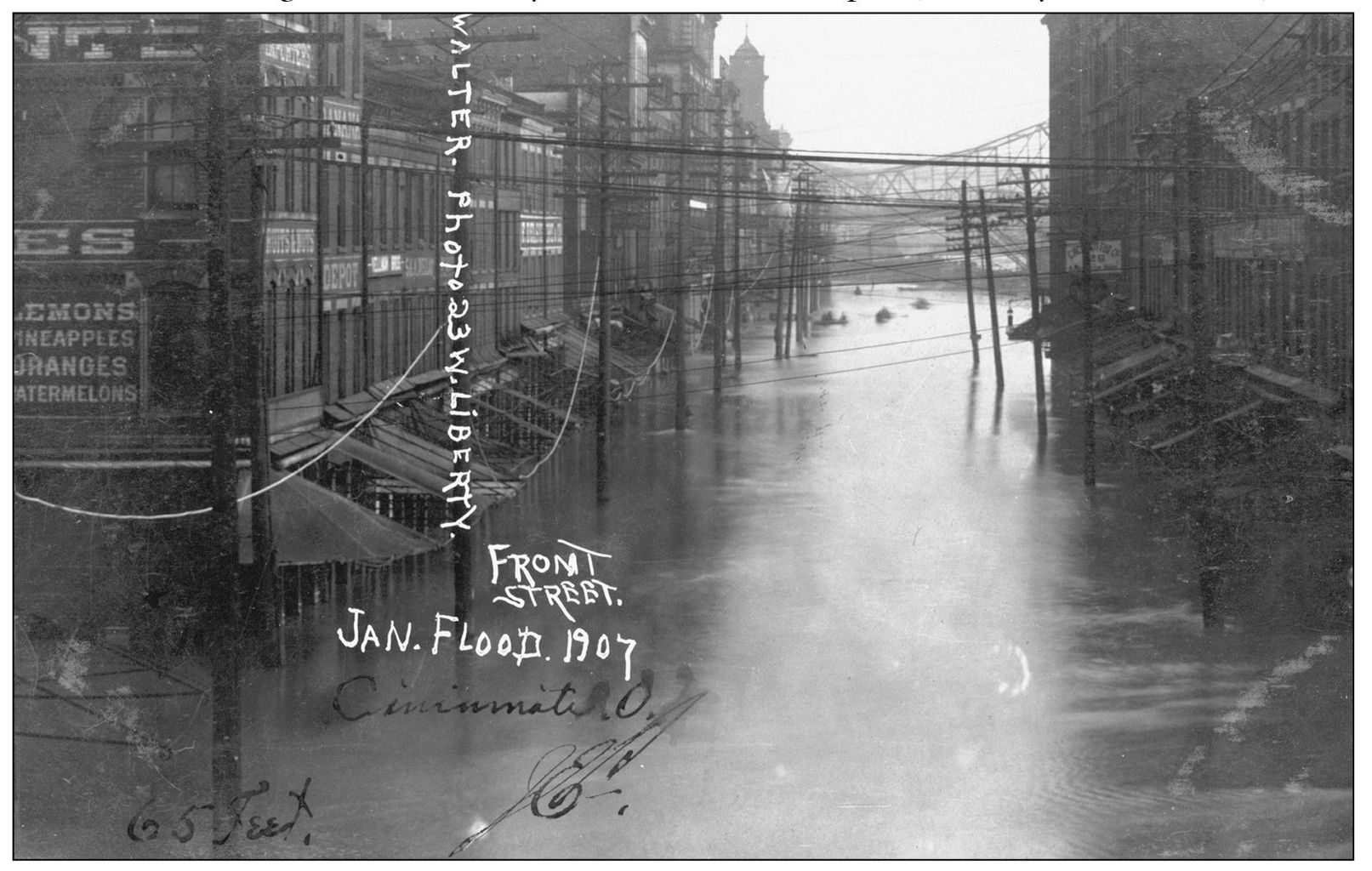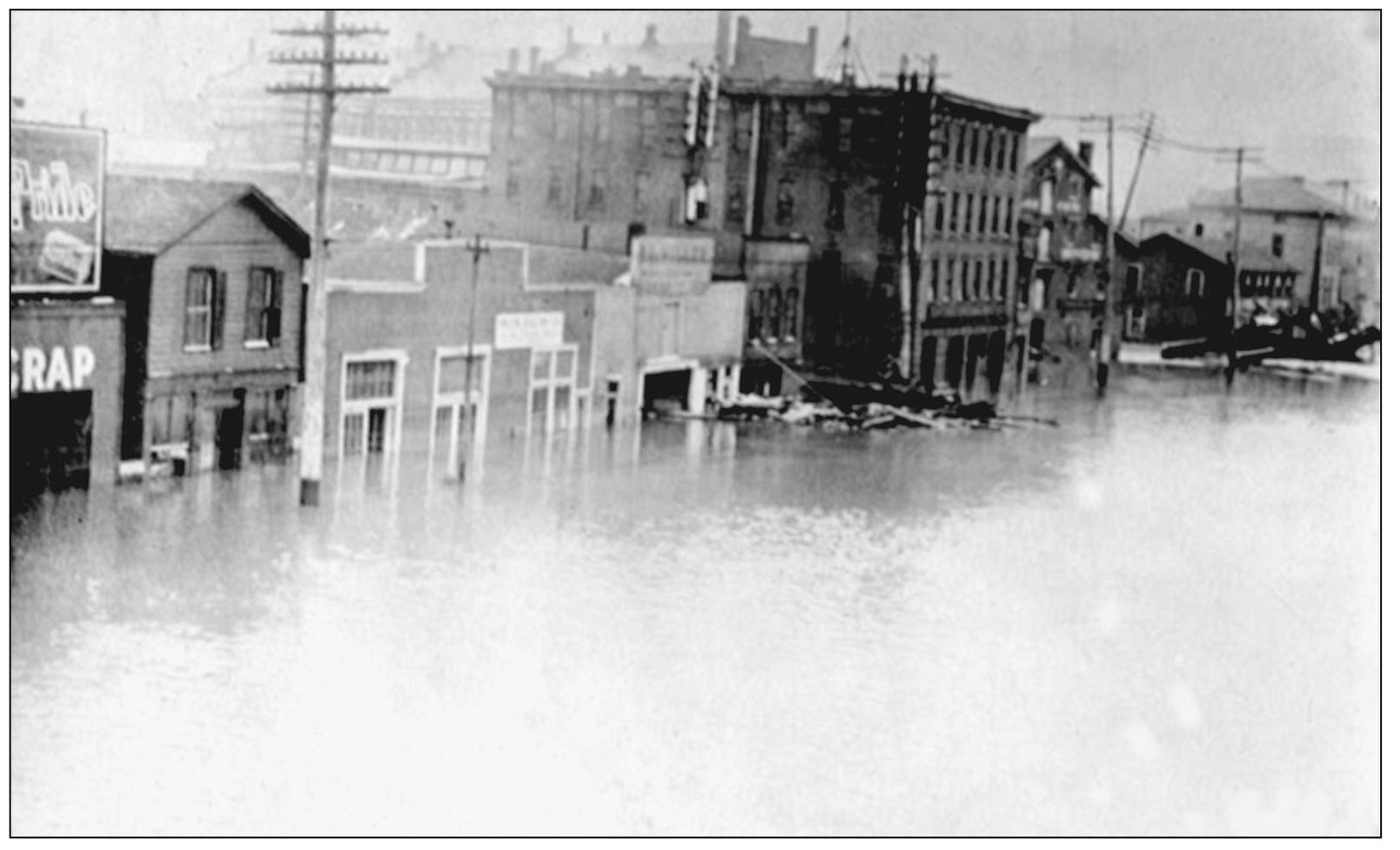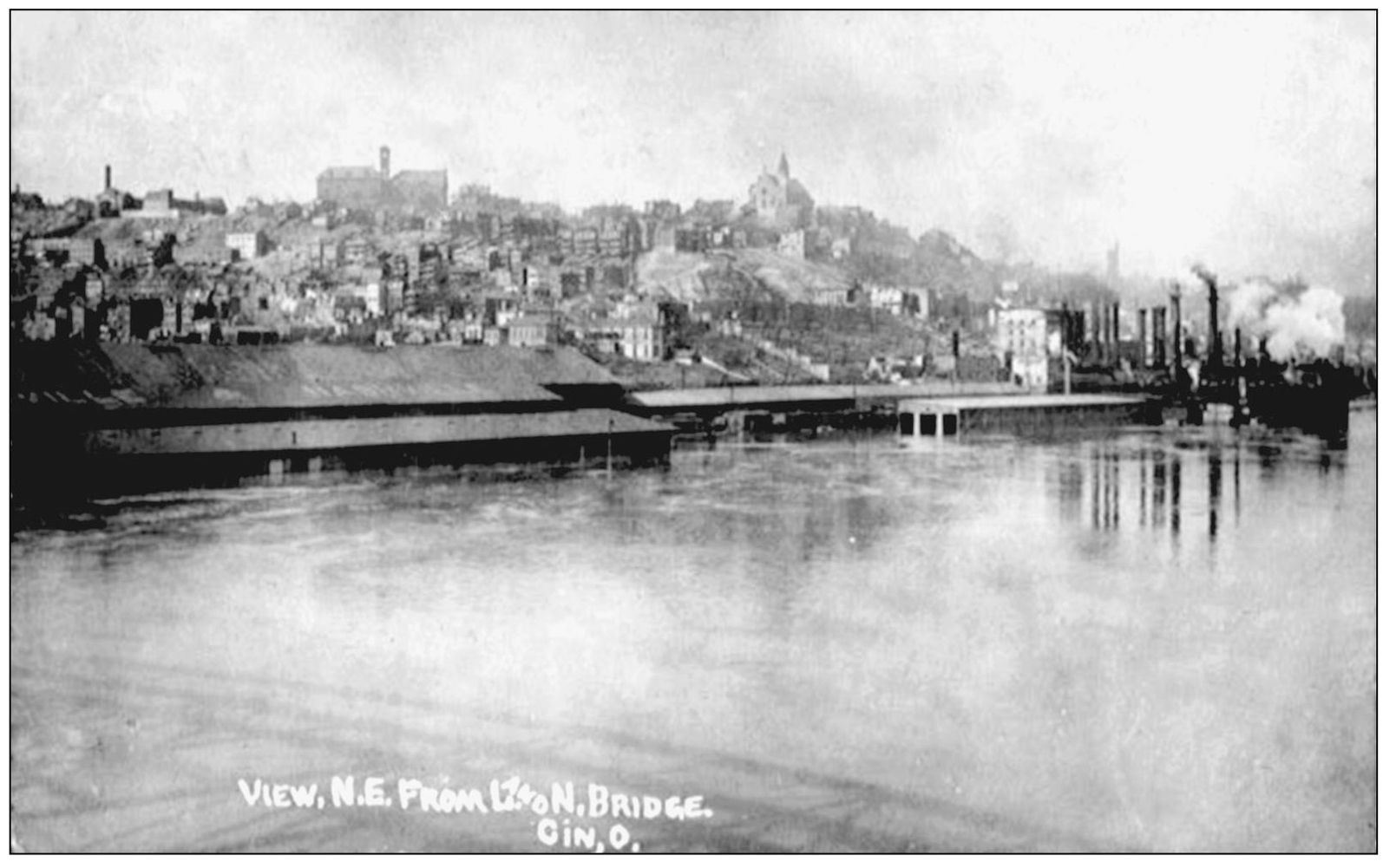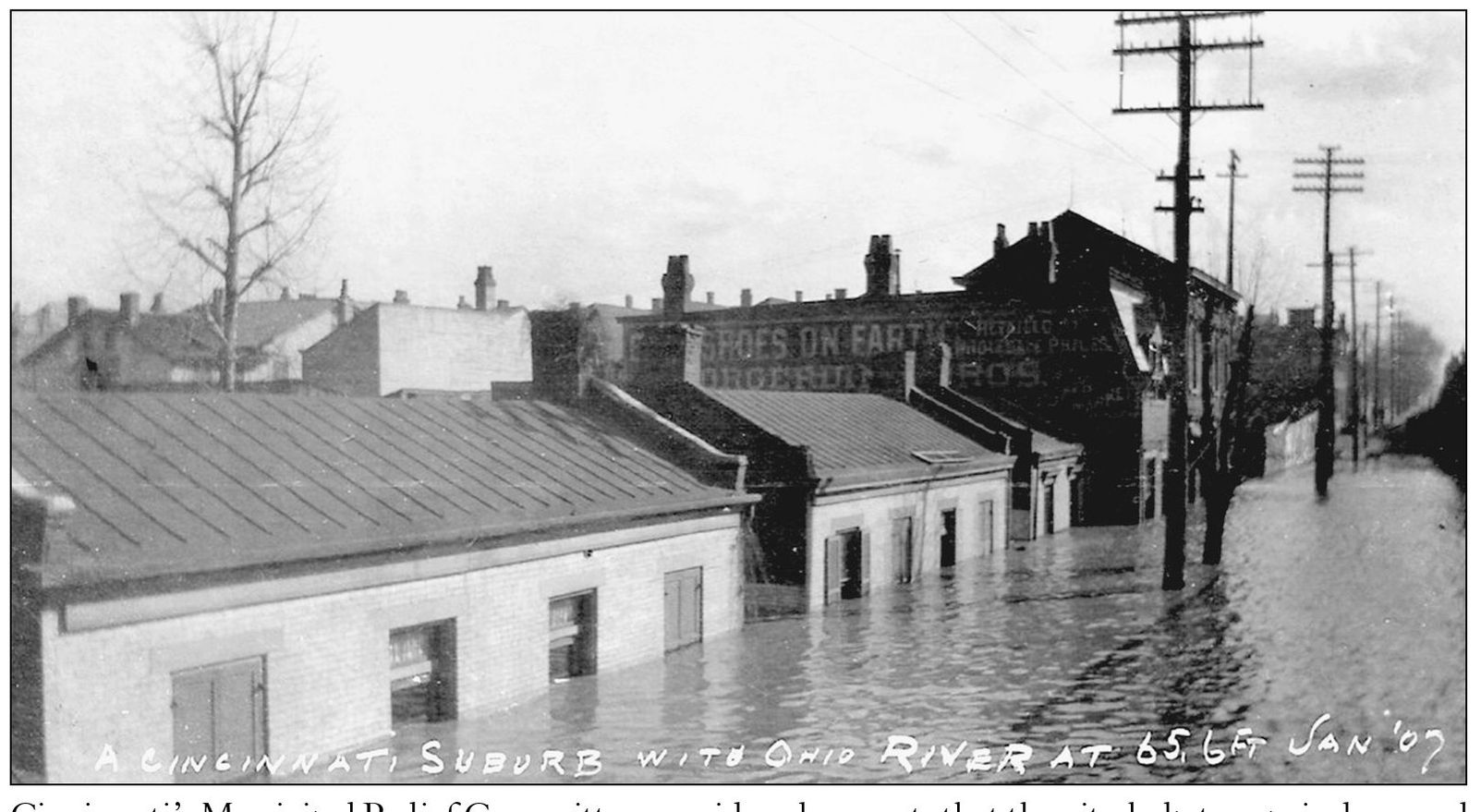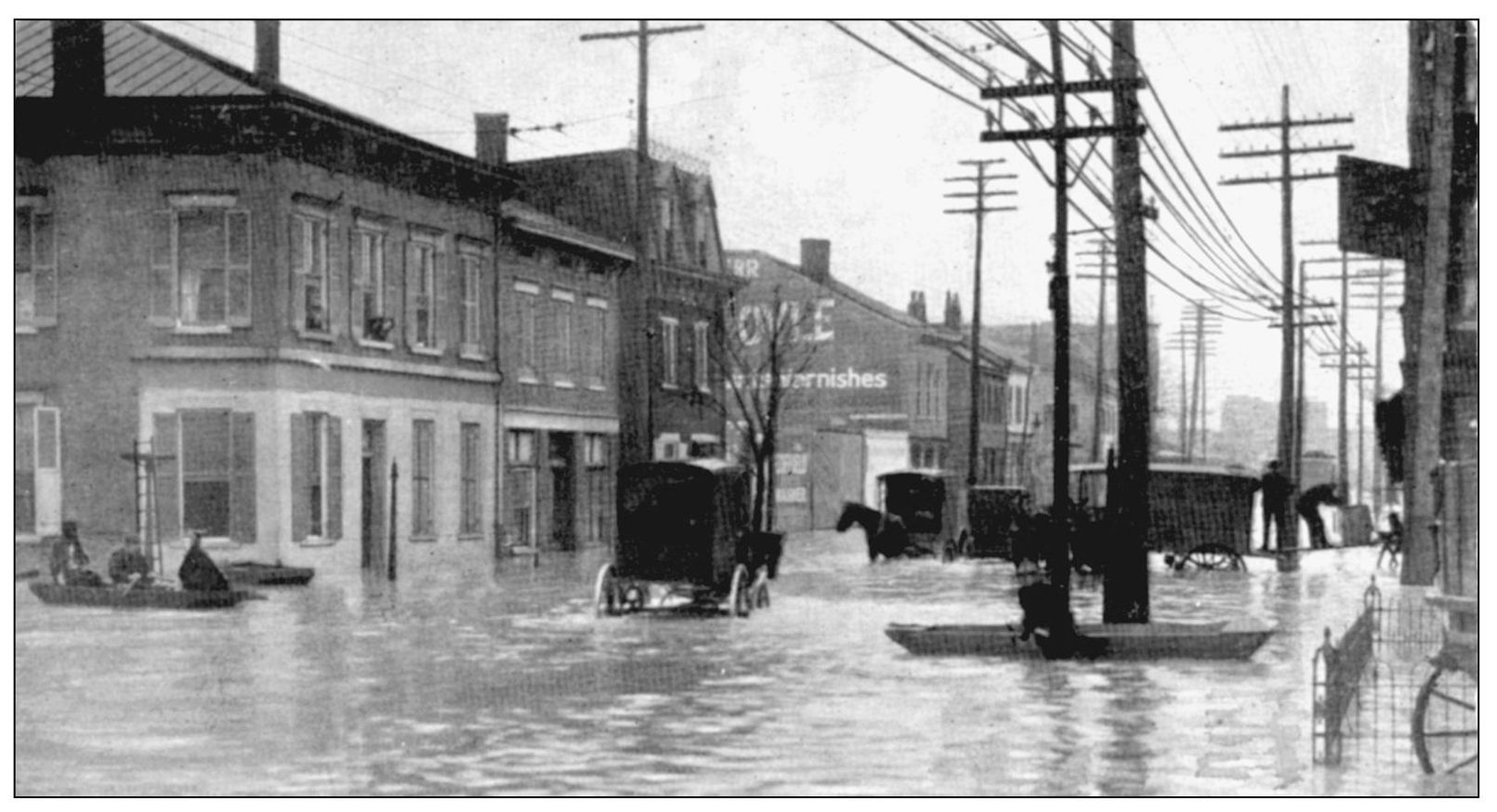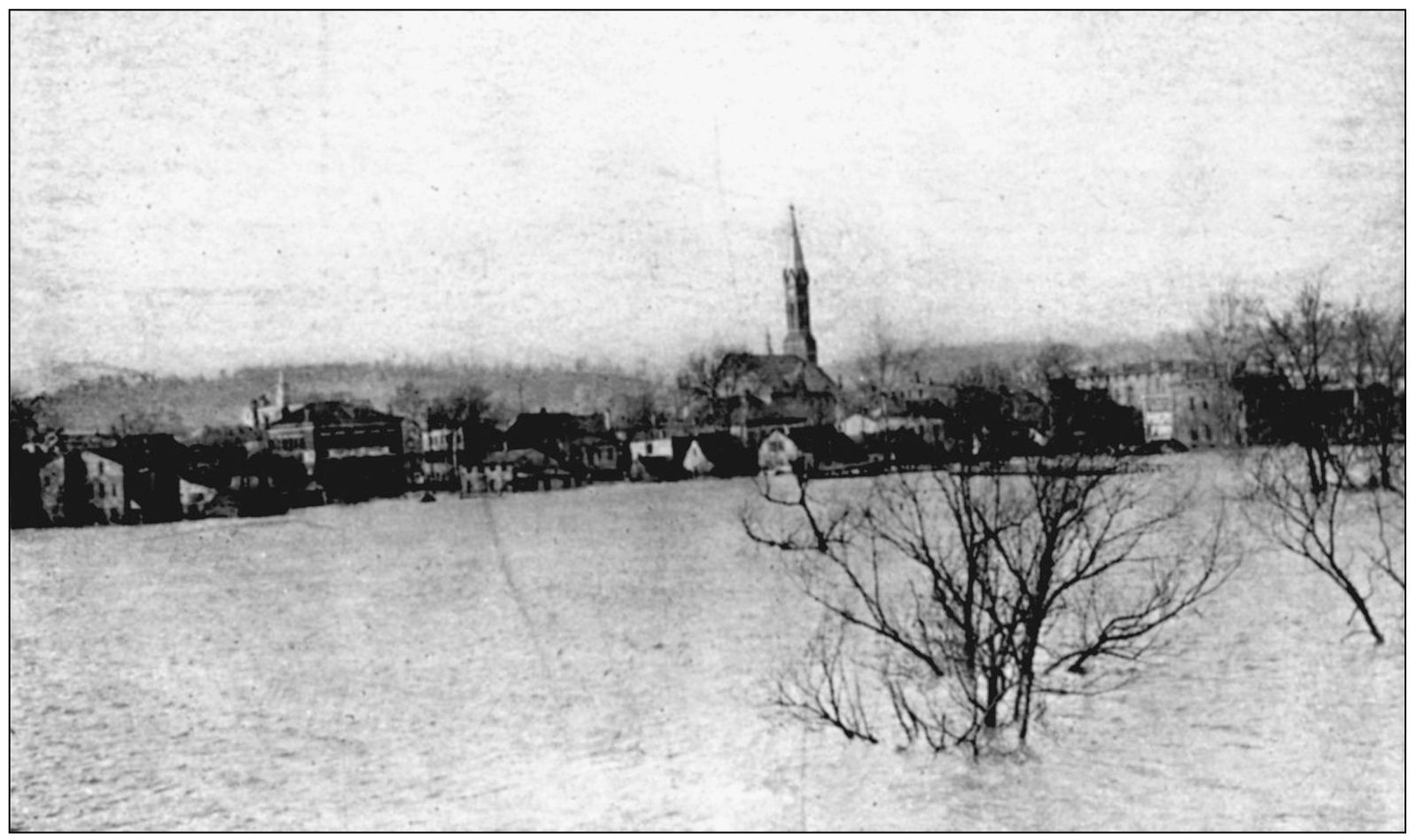Betty Ann Smiddy - Cincinnatis Great Disasters
Here you can read online Betty Ann Smiddy - Cincinnatis Great Disasters full text of the book (entire story) in english for free. Download pdf and epub, get meaning, cover and reviews about this ebook. year: 2007, publisher: Arcadia Publishing, genre: Non-fiction. Description of the work, (preface) as well as reviews are available. Best literature library LitArk.com created for fans of good reading and offers a wide selection of genres:
Romance novel
Science fiction
Adventure
Detective
Science
History
Home and family
Prose
Art
Politics
Computer
Non-fiction
Religion
Business
Children
Humor
Choose a favorite category and find really read worthwhile books. Enjoy immersion in the world of imagination, feel the emotions of the characters or learn something new for yourself, make an fascinating discovery.
- Book:Cincinnatis Great Disasters
- Author:
- Publisher:Arcadia Publishing
- Genre:
- Year:2007
- Rating:4 / 5
- Favourites:Add to favourites
- Your mark:
Cincinnatis Great Disasters: summary, description and annotation
We offer to read an annotation, description, summary or preface (depends on what the author of the book "Cincinnatis Great Disasters" wrote himself). If you haven't found the necessary information about the book — write in the comments, we will try to find it.
Cincinnatis Great Disasters explores catastrophes from 1905 to 1937, featuring floods, tornadoes, fires, explosions, winter storms, and crashes. Although tragic, disasters became popular postcard subjects in the early 1900s, with many of these photograph postcards being taken by professional photographers. The postcards documenting the 1907 and 1913 floods make up the bulk of this book, as these disasters dramatically affected Cincinnatians lives and led to innovative flood prevention planning and health initiatives. Flooding ultimately determined where businesses and residences were located in the city and was a driving force behind urban renewal of the riverfront.
Betty Ann Smiddy: author's other books
Who wrote Cincinnatis Great Disasters? Find out the surname, the name of the author of the book and a list of all author's works by series.

